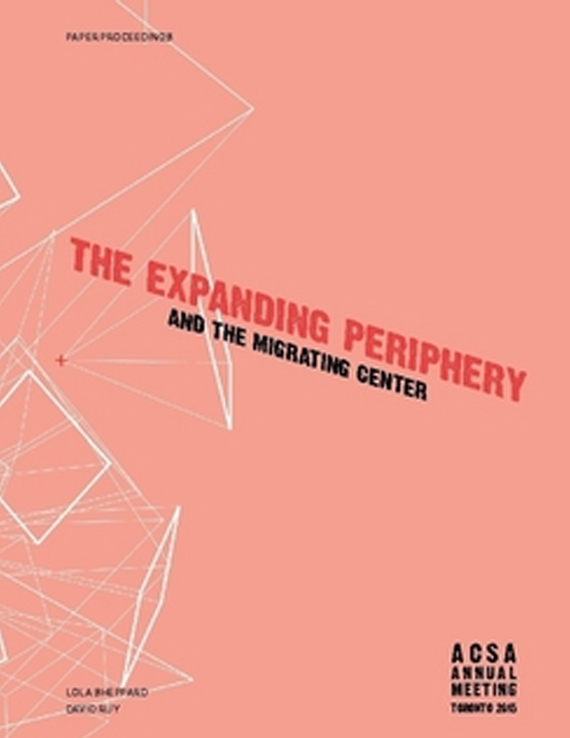Author(s): Brendan Shea, Gabriel Fries-Briggs & Nicholas Pajerski
The toolpath has a deep history as a problem, yet can be newly conceived in our computational moment and at the end of the early digital age in architecture. Fundamentally, the toolpath is a set of instructions operating between making and drawing, material and line, working and designing. As such the toolpath acquires its potency by compressing a form of representation and a form of fabrication. Through this compression, the toolpath provides a specific, bounded, operative area of investigation for the discipline, largely because of its medium-insolubility, or resistance towards simple categorization within one of architecture’s more well-established representational protocols (plan, section, axonometric). The toolpath is positioned to become a rich medium for experimentation when appended to this standardized set of architectural representations.The toolpath problem is of renewed interest particularly in light of it’s portability; it cuts sideways across new tools for digital modelling, new machines for fabrication, new techniques of visualization, and new conceptual approaches to computational design. A new pedagogical approach to the problem, one that engages the rich history of representation located at the core of architecture’s encounter with material, is required to wrest the toolpath away from discussions of solutions (optimization, efficiency, and CNC-axes). Beyond discussions of generic translational protocols (data, parameters, etc.), the re-examination of the specific disciplinary boundary drawn by the toolpath positions architecture to engage the excesses of the real, as irreducible to either procedural or linguistic description.
Volume Editors
David Ruy & Lola Sheppard
ISBN
978-0-935502-95-4

 Study Architecture
Study Architecture  ProPEL
ProPEL 
